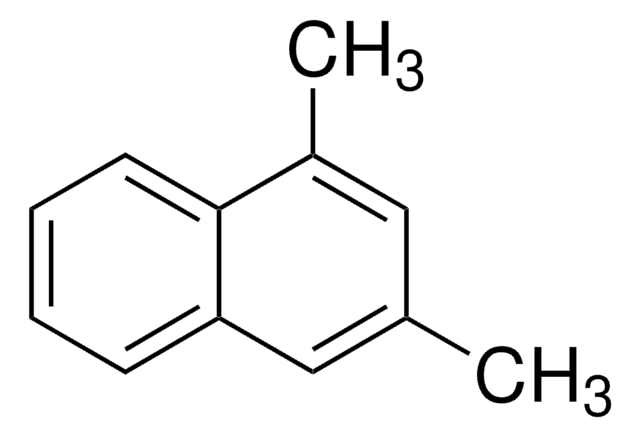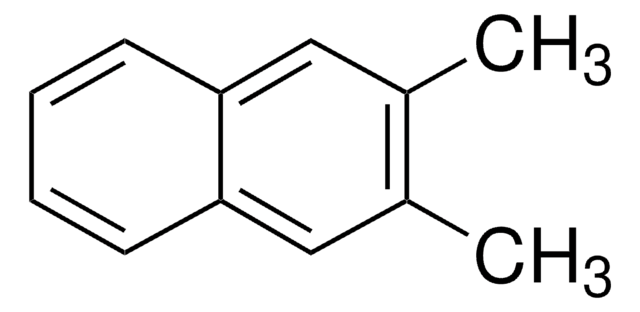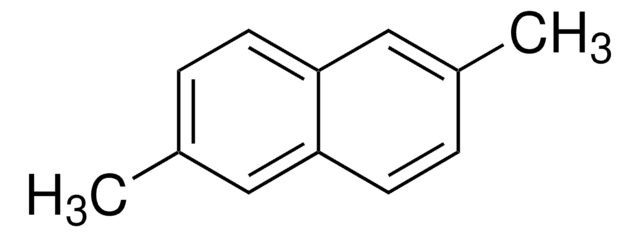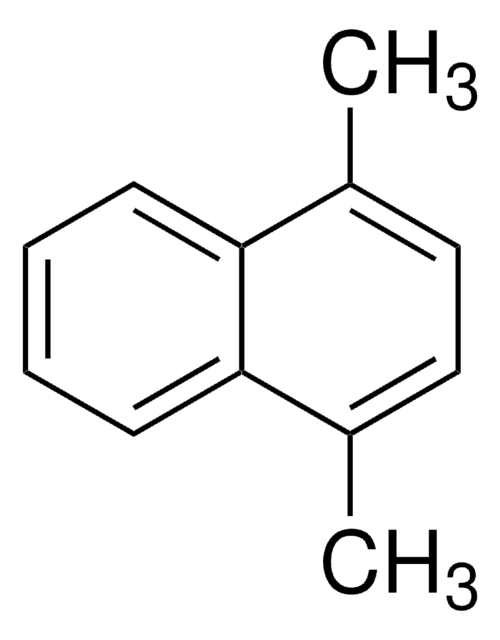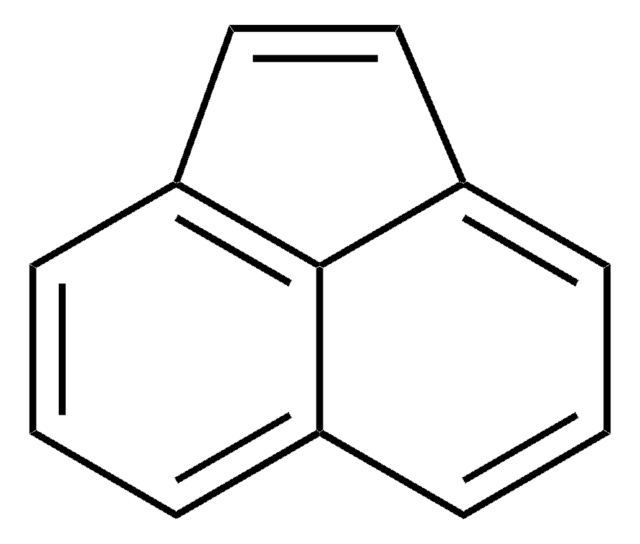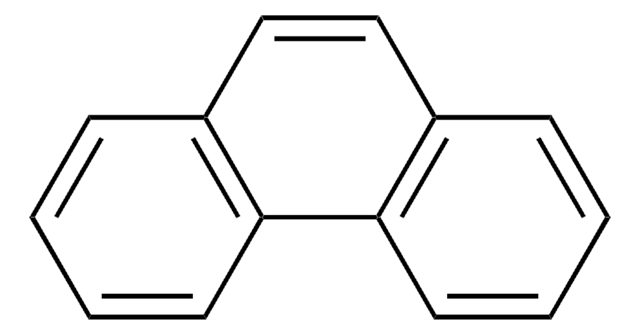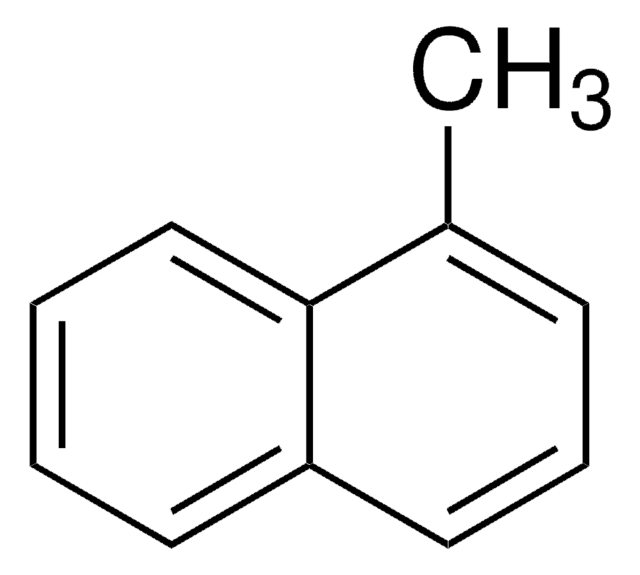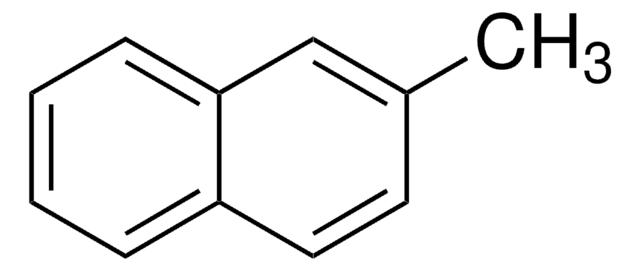360740
1,2-Dimethylnaphthalene
95%
About This Item
Productos recomendados
Análisis
95%
índice de refracción
n20/D 1.615 (lit.)
bp
266-267 °C (lit.)
mp
−2-−1 °C (lit.)
densidad
1.013 g/mL at 25 °C (lit.)
cadena SMILES
Cc1ccc2ccccc2c1C
InChI
1S/C12H12/c1-9-7-8-11-5-3-4-6-12(11)10(9)2/h3-8H,1-2H3
Clave InChI
QNLZIZAQLLYXTC-UHFFFAOYSA-N
Información sobre el gen
human ... CYP1A2(1544)
¿Está buscando productos similares? Visita Guía de comparación de productos
Descripción general
Aplicación
Código de clase de almacenamiento
10 - Combustible liquids
Clase de riesgo para el agua (WGK)
WGK 3
Punto de inflamabilidad (°F)
235.4 °F - closed cup
Punto de inflamabilidad (°C)
113 °C - closed cup
Equipo de protección personal
Eyeshields, Gloves, multi-purpose combination respirator cartridge (US)
Elija entre una de las versiones más recientes:
Certificados de análisis (COA)
¿No ve la versión correcta?
Si necesita una versión concreta, puede buscar un certificado específico por el número de lote.
¿Ya tiene este producto?
Encuentre la documentación para los productos que ha comprado recientemente en la Biblioteca de documentos.
Los clientes también vieron
Nuestro equipo de científicos tiene experiencia en todas las áreas de investigación: Ciencias de la vida, Ciencia de los materiales, Síntesis química, Cromatografía, Analítica y muchas otras.
Póngase en contacto con el Servicio técnico